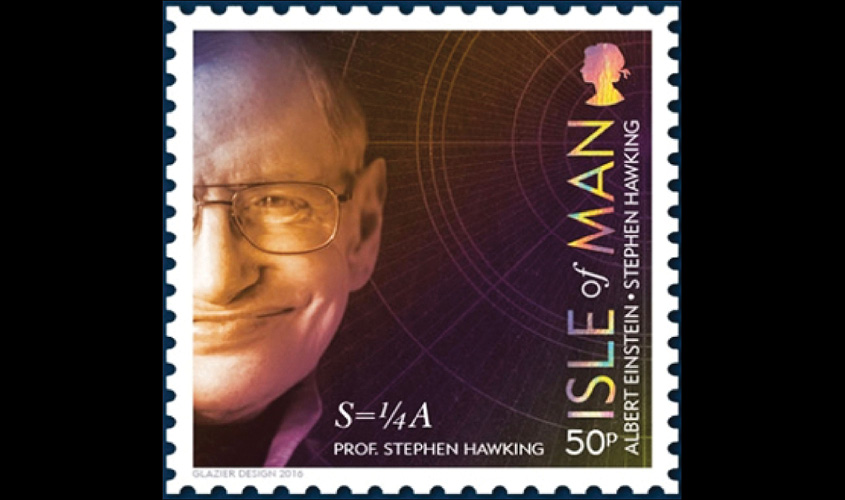In January 2001 at the age of 59, Stephen Hawking travelled to India where he gave lectures and visited places of interest. This was not his first visit to India; he had earlier visited in 1959. For his 2001 visit the automobile giants of India, Mahindra and Mahindra had specially redesigned a vehicle that could accommodate Stephen’s wheelchair. He travelled around Mumbai in this special vehicle. While in India, Hawking also met with software engineers Arun Mehta and Vickram Crishna.
Hawking had lost his voice in 1985 and needed something that could help him type and speak using just a button. Mehta and Crishna came up with a software elocutor. It anticipates what a user is going to type next and allows the user to only type pieces of words to make full sentences. This made it possible for Hawking to type and speak using just a button.
This must have made a huge impact on Hawking’s life and his ability to continue working on a subject that has had such a profound impact on the human race’s quest to make sense of our existence. In Delhi he met the then President of India, K.R. Narayanan, and told him, “Indians are so good at mathematics and physics.” Hawking delivered a series of lectures; in Mumbai he addressed an international physics seminar at the Tata Institute of Fundamental Research. He was felicitated with the Sarojini Damodaran Fellowship during this “Strings 2001” conference.
On 15 January 2001 he delivered the Albert Einstein Memorial lecture in Delhi. His talk was titled, “Predicting the Future: From Astrology to Black holes”. India embraced Stephen, and a huge number of Indians were eager to hear what he had to say. They empathised with his physical frailty and at the same time applauded his intellectual depth. He inspired aspiring Indian scientists and the physically challenged. After all here was an individual who never gave up in spite of great difficulties.
Karan Jani, a postdoctoral research fellow and astrophysicist at Georgia Institute of Technology, credits Hawking for putting him on the path towards becoming the scientist he is today. Jani, who was part of a global team that helped detect the existence of gravitational waves and was among Forbes’ “30 Under-30 Science List” in 2017, said it was Hawking’s 1988 book, A Brief History of Time, that introduced him to a world of big ideas that nobody in his small town of Vadodara was talking about.
Interestingly, when he was doing his PhD in Cambridge in the years 1962-3, Indian astrophysicist and mathematician Professor Chitre, and astrophysicist Jayant Vishnu Nalikar, were Hawing’s contemporaries. Over its long history India has always welcomed ideas that enrich no matter where they come from. Long may that continue.

